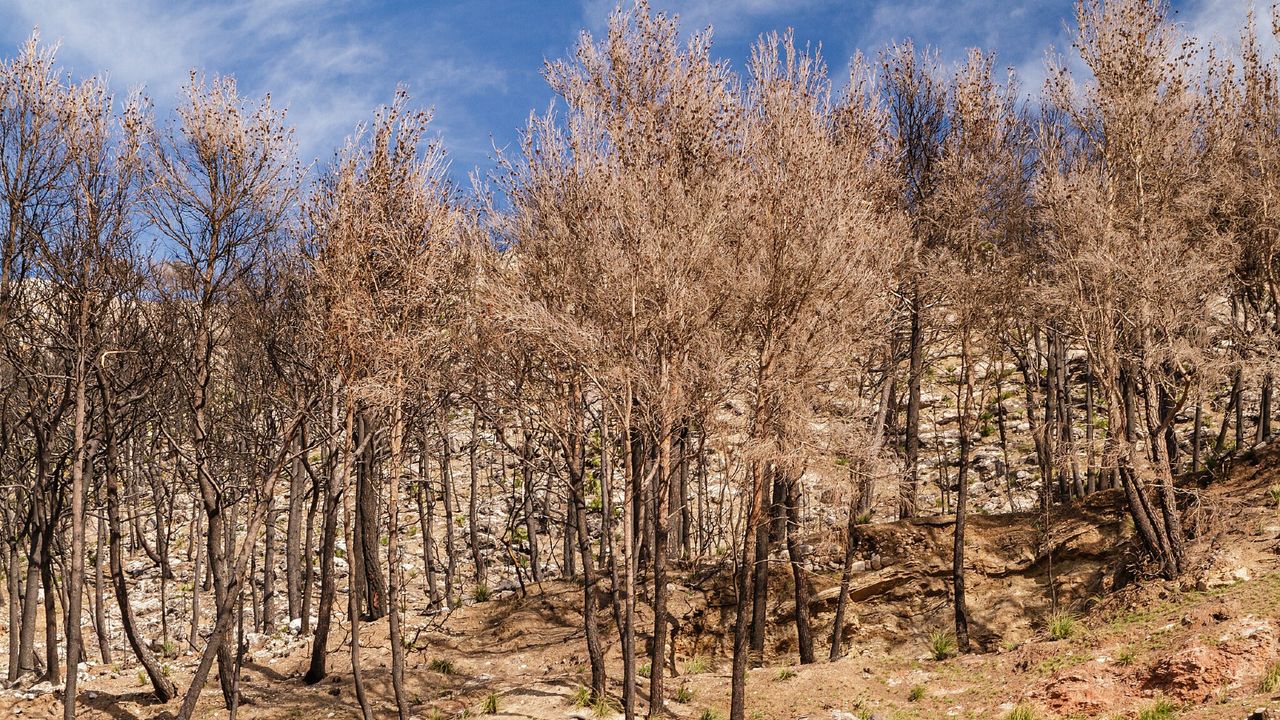Gardening may be a relaxing hobby for you, but horticulture is also a science—complete with its own set of terminology. This is hardly surprising, given how much precision is required to create the conditions necessary for some plants to survive.
And yet, there are some gardening and landscaping terms that are used inconsistently, or lack a standard definition, like “shrub” and “bush.” The words are often used interchangeably, but are they referring to the same thing? Here’s what to know about the difference between shrubs and bushes.
What’s the difference between a shrub and a bush?
As it turns out, this is not an easy question to answer. That’s because there aren’t standard, widely accepted, or consistently used definitions of “shrub” and “bush”—including among horticulturalists. Many resources from local extension offices or horticultural societies either use the terms interchangeably, or only refer to shrubs in their materials.
One exception (at least from what is available online) is the National Garden Association’s Dictionary, which provides the following definitions:
- bush: “A shrub with branches; a thick shrub; technically, a low and much-branched shrub.”
- shrub: “A woody plant, generally smaller than a tree, which produces several stems, rather than a single trunk from the base.”
Based on these definitions, it sounds like a bush is a type of shrub, and shrubs are mini, trunkless trees. And according to the National Park Service, trees have trunk more than two inches in diameter at 4.5 feet about the ground, and are generally over 20-feet-tall.
Meanwhile, Jerry Goodspeed, a horticulturist at the Utah State University Extension, also uses the terms “shrub” and “bush” interchangeably, noting that both words refer to “a woody plant” that reaches a mature height of between 1.5 and 10 feet. “Anything smaller is ground cover,” he explained in an interview. “Anything larger is a tree.”
Although our search for definitions didn’t exactly clear things up, it’s a good reminder to ask questions and do your research on plants and trees before purchasing them. Instead of assuming that all plants in a particular category are cared for in the same way, it’s important to find out what each one needs in order to thrive.



















